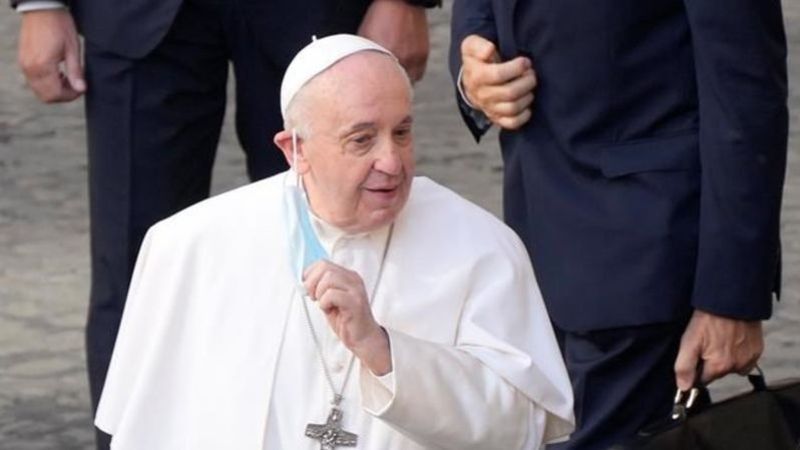
ROTHENBURGER: The pope’s apology and the question of unmarked graves
POPE FRANCIS FACES A TALL ORDER after he arrives in Canada tomorrow for what he describes as a “penitential pilgrimage.” Job One during his week-long visit is a second apology for the Catholic church’s role in residential schools. That apology is expected to come Monday at the former Ermineskin Residential School in Alberta.
Finding the right words to please everyone will be a challenge. While a great many look forward to the apology, some say it will do little good if it’s not backed up with action. Some say his visit is too little, too late. Some say it’s too soon. Some say he shouldn’t come at all.
Some of those in the “too soon” category say the apology should wait until after exhumation work is done at the Kamloops residential school. Tk’emlúps te Secwépemc intends to carry out such work, though there’s no timeline.
Yesterday, Le Devoir columnist Christian Rioux noted that the visit comes a little over a year after the announcement of geo-radar test results at the school. “The Pope’s haste to visit Canada is all the more surprising given that, 14 months after the ‘discovery,’ no physical evidence has been produced that the remains of some 200 aboriginal children were found there,” Rioux wrote.


